Home>Home Appliances>Heating & Cooling>How To Heat Your Home Without Central Heating
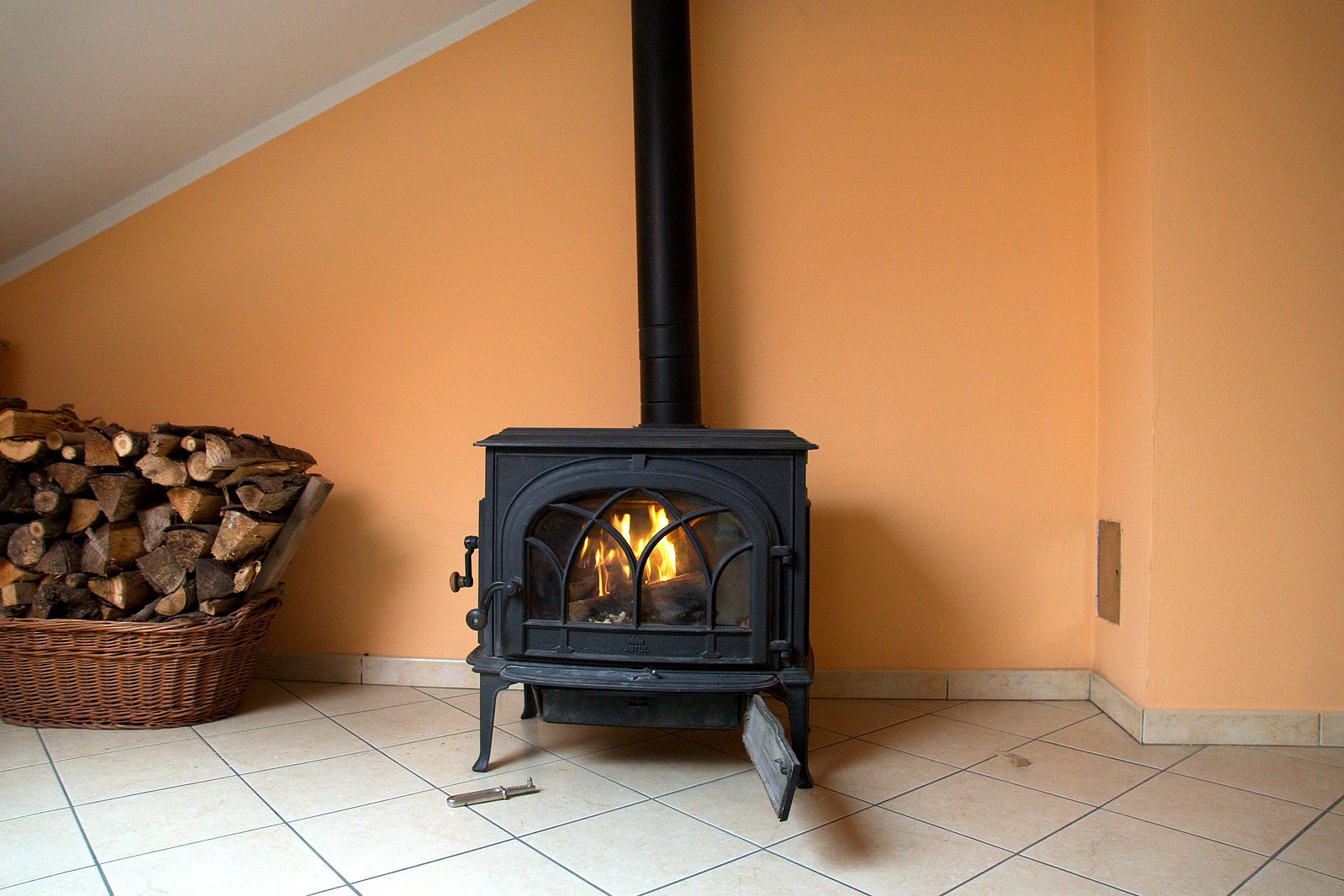

Heating & Cooling
How To Heat Your Home Without Central Heating
Modified: February 17, 2024
Discover effective ways to heat your home without central heating. Learn about heating and cooling options to keep your home comfortable all year round.
(Many of the links in this article redirect to a specific reviewed product. Your purchase of these products through affiliate links helps to generate commission for Storables.com, at no extra cost. Learn more)
Introduction
Heating your home without a central heating system is not only possible but also increasingly popular. Whether you're looking to reduce your carbon footprint, lower your energy bills, or simply add supplemental heating to specific areas of your home, there are numerous options available. From insulation and draught-proofing to innovative heating technologies, the possibilities for keeping your home warm and comfortable are diverse and exciting.
In this comprehensive guide, we will explore a range of effective strategies for heating your home without relying on a traditional central heating system. By implementing these methods, you can create a cozy and inviting living space while also contributing to a more sustainable and energy-efficient lifestyle.
Throughout this article, we will delve into the benefits and practicalities of various heating solutions, including space heaters, underfloor heating, radiant heating, heat pumps, and solar heating. Each of these approaches offers unique advantages and can be tailored to suit different preferences and home configurations.
Whether you're seeking to enhance the warmth of specific rooms, reduce your reliance on fossil fuels, or explore cutting-edge heating technologies, this guide will provide valuable insights and actionable tips. By the end, you'll have a deeper understanding of the diverse options available for heating your home without central heating, empowering you to make informed decisions that align with your heating needs and environmental values.
So, let's embark on this journey to discover innovative and sustainable ways to keep your home comfortably warm, all while embracing the principles of energy efficiency and environmental responsibility.
Key Takeaways:
- Keep your home warm without central heating by insulating, sealing draughts, and using space heaters. These methods are energy-efficient, cost-effective, and contribute to a sustainable living environment.
- Explore innovative heating options like underfloor heating, radiant heating, heat pumps, and solar heating for a cozy, eco-friendly home. Embrace energy efficiency and reduce reliance on traditional heating systems.
Read more: What Is Central Heating
Insulation and Draught-proofing
Insulation and draught-proofing are fundamental components of creating a warm and energy-efficient home environment, especially when central heating is not in use. By effectively insulating your home and sealing off any draughts, you can significantly reduce heat loss and maintain a comfortable indoor temperature without excessive reliance on heating systems. Here's a detailed look at these essential strategies:
Insulation:
Proper insulation is crucial for retaining heat within your home. Insulating materials such as fiberglass, cellulose, foam, and mineral wool can be installed in walls, attics, and floors to create a thermal barrier that prevents heat from escaping. Additionally, insulating pipes and water heaters can help conserve energy and reduce heat loss, contributing to a more sustainable and cost-effective heating solution.
Draught-proofing:
Draughts, or drafts, occur when cold air enters the home and warm air escapes, leading to a drop in indoor temperature. Draught-proofing involves sealing gaps and cracks around windows, doors, and other openings to prevent this air exchange. Weather-stripping, caulking, and door sweeps are effective tools for eliminating draughts and maintaining a consistent and comfortable indoor climate.
By combining insulation and draught-proofing measures, you can create a well-sealed and thermally efficient home that retains heat effectively. This not only reduces the need for constant heating but also promotes a more sustainable and eco-friendly living environment.
Implementing these strategies not only enhances the comfort of your living space but also contributes to energy conservation and cost savings. By minimizing heat loss and preventing cold air infiltration, insulation and draught-proofing play a crucial role in creating a cozy and energy-efficient home, even without central heating.
Use of Space Heaters
Space heaters offer a versatile and efficient solution for heating specific areas within a home without the need for a central heating system. These portable devices come in various types, including ceramic, radiant, oil-filled, and fan-forced heaters, each designed to deliver targeted warmth to designated spaces. Here's a closer look at the benefits and considerations associated with the use of space heaters:
Read more: How To Use Central Heating
Targeted Heating:
One of the primary advantages of space heaters is their ability to provide focused heating in specific areas. Whether you're working in a home office, relaxing in the living room, or unwinding in the bedroom, a space heater allows you to create a comfortable and warm environment without having to heat the entire house. This targeted approach not only enhances energy efficiency but also offers personalized comfort based on individual preferences.
Energy Efficiency:
Compared to central heating systems that heat the entire home, space heaters can be more energy-efficient when used strategically. By heating only the occupied spaces, these devices help reduce overall energy consumption, leading to potential cost savings on heating bills. Additionally, modern space heaters often feature programmable settings and energy-saving modes, allowing users to optimize their heating patterns and minimize energy usage.
Portability and Convenience:
The portability of space heaters makes them a convenient heating solution for various living scenarios. Whether you're renting a property, renovating specific areas, or seeking supplemental heating in drafty spaces, the mobility of space heaters enables you to adapt to changing heating needs. Additionally, many models are lightweight and easy to move, allowing for seamless integration into different rooms or living arrangements.
Safety Considerations:
While space heaters offer valuable heating benefits, it's essential to prioritize safety when using these devices. Selecting heaters with built-in safety features, such as tip-over switches, overheat protection, and cool-touch exteriors, can mitigate potential hazards. Furthermore, positioning the heaters on stable surfaces and maintaining adequate clearance from flammable materials are crucial safety practices to prevent accidents and ensure secure operation.
Read more: How To Turn On Central Heating
Environmental Impact:
In the context of environmental sustainability, the targeted heating approach of space heaters aligns with the principles of energy conservation. By minimizing the use of central heating and reducing overall energy consumption, the use of space heaters contributes to a more eco-friendly living environment. Additionally, selecting energy-efficient models and leveraging programmable features can further enhance the environmental benefits of these heating devices.
Incorporating space heaters into your home heating strategy can offer flexibility, energy savings, and personalized comfort, making them a valuable addition to your overall heating approach. By understanding their benefits and implementing appropriate safety measures, you can effectively utilize space heaters to create a cozy and efficient living space, even without relying on central heating.
Underfloor Heating
Underfloor heating, also known as radiant floor heating, is a luxurious and efficient way to heat your home without relying on traditional radiators or central heating systems. This innovative heating method involves installing heating elements beneath the floor surface, allowing for gentle and consistent warmth to radiate upwards, enveloping the living space in cozy comfort.
There are two primary types of underfloor heating systems: electric and water-based (hydronic). Electric underfloor heating utilizes electric cables or heating mats installed beneath the floor, while hydronic systems involve circulating warm water through a network of pipes placed within the floor structure. Both approaches offer unique benefits and can be tailored to suit different home configurations and heating preferences.
One of the key advantages of underfloor heating is its ability to distribute heat evenly across the entire floor area, eliminating cold spots and ensuring a comfortable environment throughout the room. Unlike traditional radiators that create temperature variations within a space, underfloor heating delivers consistent warmth from the ground up, promoting a pleasant and uniform indoor climate.
In addition to enhancing thermal comfort, underfloor heating systems contribute to space optimization by eliminating the need for bulky radiators or visible heating fixtures. This not only allows for greater design flexibility in interior spaces but also creates a clean and unobtrusive aesthetic, enhancing the overall visual appeal of the home.
Furthermore, underfloor heating is renowned for its energy efficiency, as it operates at lower temperatures compared to conventional radiators, while still effectively heating the living space. By leveraging the large surface area of the floor to emit heat, underfloor heating systems can achieve comfortable temperatures using less energy, leading to potential cost savings and reduced environmental impact.
From a practical standpoint, underfloor heating offers the added benefit of freeing up wall space, enabling more versatile furniture placement and interior decor arrangements. This can be particularly advantageous in rooms with limited space, as it maximizes the usable area while maintaining a consistent and pleasant indoor climate.
Whether you're renovating an existing home or planning a new construction project, underfloor heating presents a compelling option for achieving luxurious warmth and energy-efficient heating. By harnessing the principles of radiant heat distribution and optimizing space utilization, underfloor heating systems elevate the comfort and functionality of modern living spaces, offering a sophisticated and sustainable alternative to traditional heating methods.
Radiant Heating
Radiant heating is a highly efficient and luxurious heating solution that operates on the principle of emitting heat directly from a warm surface to objects and people within a space. Unlike traditional heating systems that rely on circulating air, radiant heating delivers warmth through infrared radiation, creating a comfortable and consistent indoor environment. This innovative approach to heating offers numerous benefits and can be implemented in various forms, including radiant panels, radiant ceilings, and radiant floors.
One of the defining advantages of radiant heating is its ability to provide gentle and uniform warmth without the need for air ducts or forced-air circulation. By emitting heat directly from the heating surface, such as a panel or floor, radiant heating minimizes heat loss and ensures an even distribution of warmth throughout the room. This results in a cozy and comfortable living space, free from the temperature stratification often associated with traditional heating systems.
Radiant heating systems are known for their energy efficiency, as they operate at lower temperatures while effectively maintaining comfortable indoor conditions. By leveraging the principles of radiant heat transfer, these systems optimize energy usage and reduce heat loss, leading to potential cost savings and environmental benefits. Additionally, the absence of air movement in radiant heating contributes to improved indoor air quality, as it minimizes the circulation of dust, allergens, and airborne particles.
In terms of design flexibility, radiant heating offers a seamless integration with various architectural styles and interior layouts. Radiant panels can be discreetly incorporated into walls or ceilings, while radiant floors provide a luxurious and space-efficient heating solution. This versatility allows for creative and functional design possibilities, enabling homeowners to achieve both aesthetic appeal and thermal comfort within their living spaces.
Furthermore, radiant heating systems contribute to a quiet and peaceful indoor environment, as they operate without the noise associated with traditional forced-air systems. This absence of mechanical sounds enhances the overall ambiance of the home, promoting a tranquil and relaxing atmosphere for occupants to enjoy.
Whether installed as a primary heating source or as a supplemental heating option, radiant heating embodies a modern and sophisticated approach to creating warm and inviting living spaces. Its combination of energy efficiency, comfort, and design versatility makes radiant heating a compelling choice for homeowners seeking a superior heating experience that aligns with their sustainability goals and lifestyle preferences.
Heat Pumps
Heat pumps offer a versatile and energy-efficient heating solution that can effectively warm your home without relying solely on traditional heating systems. Operating on the principle of transferring heat from one area to another, heat pumps utilize a small amount of energy to move heat from the outdoor environment to the interior of a building, even in colder temperatures. This innovative technology provides both heating and cooling capabilities, making it a comprehensive and adaptable option for maintaining indoor comfort throughout the year.
There are several types of heat pumps, including air source heat pumps, ground source heat pumps (geothermal heat pumps), and water source heat pumps. Each type harnesses renewable energy sources, such as the ambient air, ground, or water, to extract heat and distribute it within the home. This sustainable approach to heating not only reduces reliance on traditional fossil fuels but also contributes to lower energy consumption and reduced carbon emissions.
Air source heat pumps absorb heat from the outdoor air and transfer it indoors, even in cold weather conditions. By utilizing refrigerant cycles and compressor technology, these heat pumps can extract heat from the air and release it into the home, providing efficient heating performance while minimizing environmental impact.
Ground source heat pumps, also known as geothermal heat pumps, utilize the stable temperature of the ground to extract and distribute heat. Through a network of buried pipes and a heat exchanger system, these pumps transfer heat from the ground into the building, offering consistent and reliable heating performance with high energy efficiency.
Water source heat pumps operate by extracting heat from a water source, such as a nearby lake or pond, and transferring it to the building's heating system. This method leverages the thermal energy present in water bodies, providing a sustainable and effective heating solution for residential and commercial properties located near suitable water sources.
In addition to their heating capabilities, heat pumps can also function as air conditioners during warmer seasons, offering a dual-purpose HVAC solution for year-round comfort. By reversing the heat transfer process, heat pumps can extract heat from the indoor environment and release it outdoors, effectively cooling the indoor space when needed.
The energy efficiency and environmental benefits of heat pumps make them a compelling choice for homeowners seeking sustainable heating solutions. By harnessing renewable energy sources and leveraging advanced heat transfer technology, heat pumps offer a reliable, cost-effective, and eco-friendly approach to keeping homes comfortably warm, even without central heating systems.
Read more: How To Install Central Heating
Solar Heating
Solar heating presents a sustainable and environmentally friendly approach to warming homes by harnessing the abundant energy of the sun. This innovative heating method utilizes solar thermal collectors to capture sunlight and convert it into usable heat for residential heating applications. With a focus on renewable energy and energy efficiency, solar heating systems offer a compelling alternative to traditional heating methods, contributing to reduced reliance on non-renewable resources and lower carbon emissions.
There are two primary types of solar heating systems: active solar heating and passive solar heating. Active solar heating systems incorporate mechanical components, such as pumps and controls, to circulate and distribute solar-heated air or liquid within the home. These systems often include solar collectors, which absorb sunlight and transfer the captured heat to a storage medium, such as water or air. The heated medium is then circulated through the building, providing warmth and comfort to the indoor spaces.
Passive solar heating, on the other hand, relies on architectural design elements and natural heat transfer processes to capture and retain solar energy within the home. This approach involves strategic placement of windows, thermal mass materials, and insulation to optimize solar gain and heat retention. By leveraging the principles of solar orientation and building design, passive solar heating systems can effectively utilize sunlight to create a naturally warm and well-lit interior environment.
In addition to space heating, solar heating systems can also be integrated with domestic hot water systems, further maximizing their energy-saving potential. Solar thermal collectors can heat water directly for household use, reducing the demand for conventional water heating methods and lowering overall energy consumption.
The environmental benefits of solar heating are significant, as they contribute to reducing greenhouse gas emissions and mitigating the environmental impact of traditional heating practices. By harnessing clean and renewable solar energy, homeowners can lower their carbon footprint and contribute to a more sustainable energy landscape.
Furthermore, advancements in solar heating technology, including improved collector efficiency and thermal storage capabilities, have enhanced the reliability and performance of solar heating systems. This has made solar heating a viable and cost-effective option for homeowners seeking long-term energy savings and a greener approach to home heating.
By embracing solar heating, homeowners can take proactive steps towards sustainable living while enjoying the comfort and warmth provided by this eco-friendly heating solution. With its potential for energy savings, environmental stewardship, and long-term viability, solar heating represents a compelling choice for those looking to reduce their reliance on conventional heating methods and embrace renewable energy alternatives.
Conclusion
In conclusion, the diverse array of heating options available for homes without central heating systems offers homeowners the opportunity to create comfortable, energy-efficient living spaces while aligning with sustainable and eco-friendly principles. From insulation and draught-proofing to innovative heating technologies such as space heaters, underfloor heating, radiant heating, heat pumps, and solar heating, the possibilities for achieving warmth and comfort are both extensive and exciting.
By prioritizing insulation and draught-proofing, homeowners can significantly reduce heat loss and maintain a cozy indoor environment without excessive reliance on heating systems. These fundamental strategies not only enhance comfort but also contribute to energy conservation and cost savings.
The use of space heaters provides a versatile and targeted heating solution, allowing for personalized comfort and energy-efficient operation. When used strategically, space heaters can effectively warm specific areas of the home while minimizing overall energy consumption.
Underfloor heating and radiant heating systems offer luxurious and efficient heating solutions that promote consistent warmth, energy efficiency, and design flexibility. These innovative approaches to heating create comfortable living spaces while optimizing energy usage and minimizing environmental impact.
Heat pumps and solar heating systems represent sustainable and renewable energy alternatives, harnessing the power of nature to provide reliable and eco-friendly heating. By leveraging renewable energy sources, homeowners can reduce their carbon footprint and contribute to a greener, more sustainable future.
In embracing these diverse heating options, homeowners can tailor their heating strategies to suit their specific needs, preferences, and environmental values. Whether seeking to reduce energy bills, minimize reliance on fossil fuels, or enhance the comfort and functionality of their living spaces, the available heating solutions offer a wealth of benefits and opportunities.
Ultimately, the pursuit of effective and sustainable home heating without central heating systems is not only achievable but also enriching. By exploring and implementing these innovative heating methods, homeowners can create warm, inviting, and environmentally responsible living environments that reflect their commitment to energy efficiency and sustainable living.
Frequently Asked Questions about How To Heat Your Home Without Central Heating
Was this page helpful?
At Storables.com, we guarantee accurate and reliable information. Our content, validated by Expert Board Contributors, is crafted following stringent Editorial Policies. We're committed to providing you with well-researched, expert-backed insights for all your informational needs.
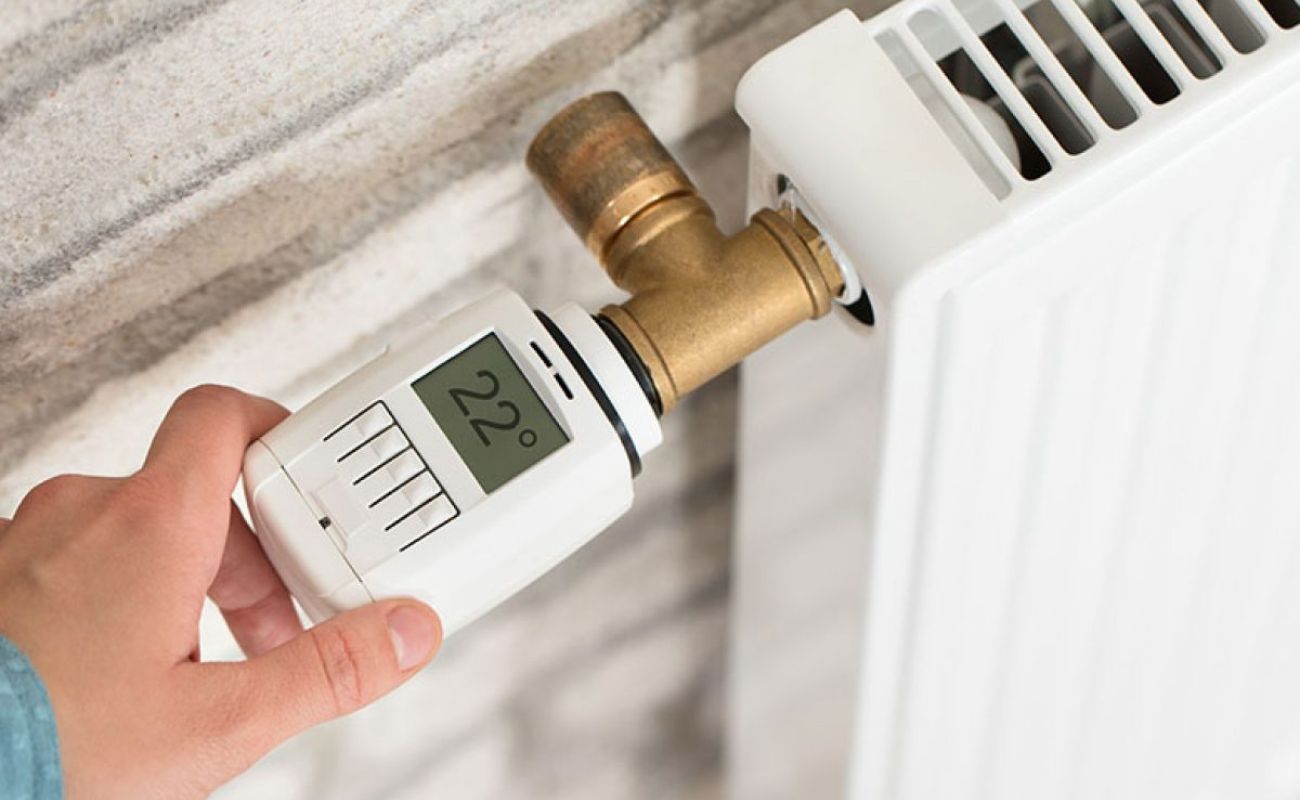
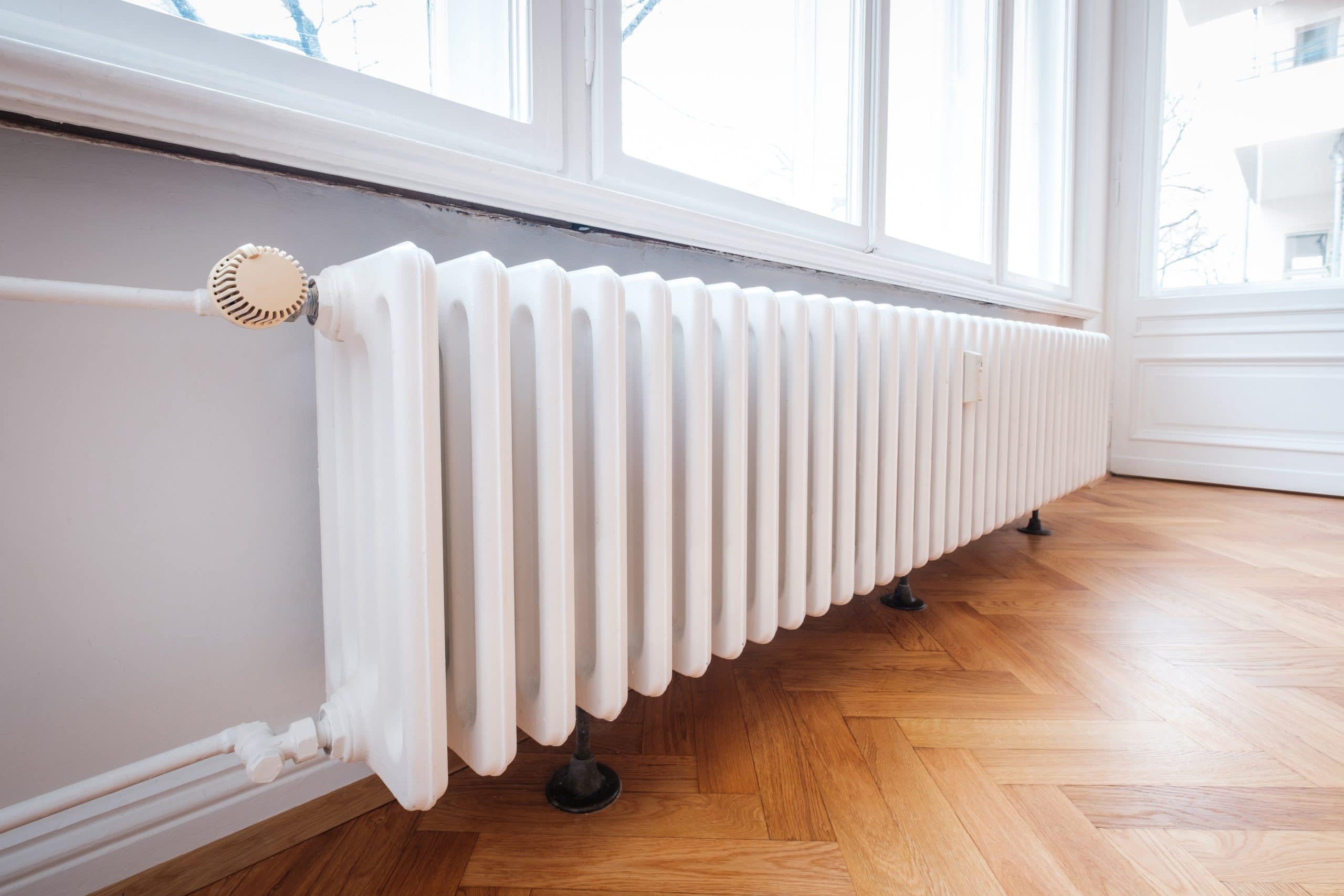
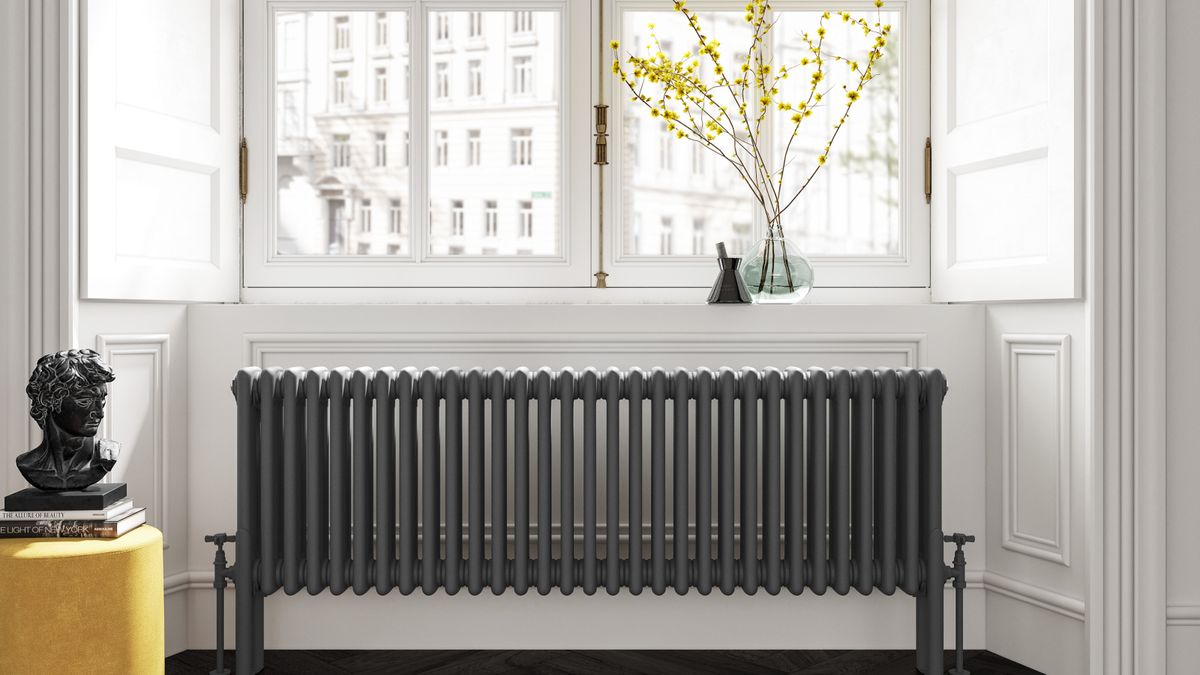

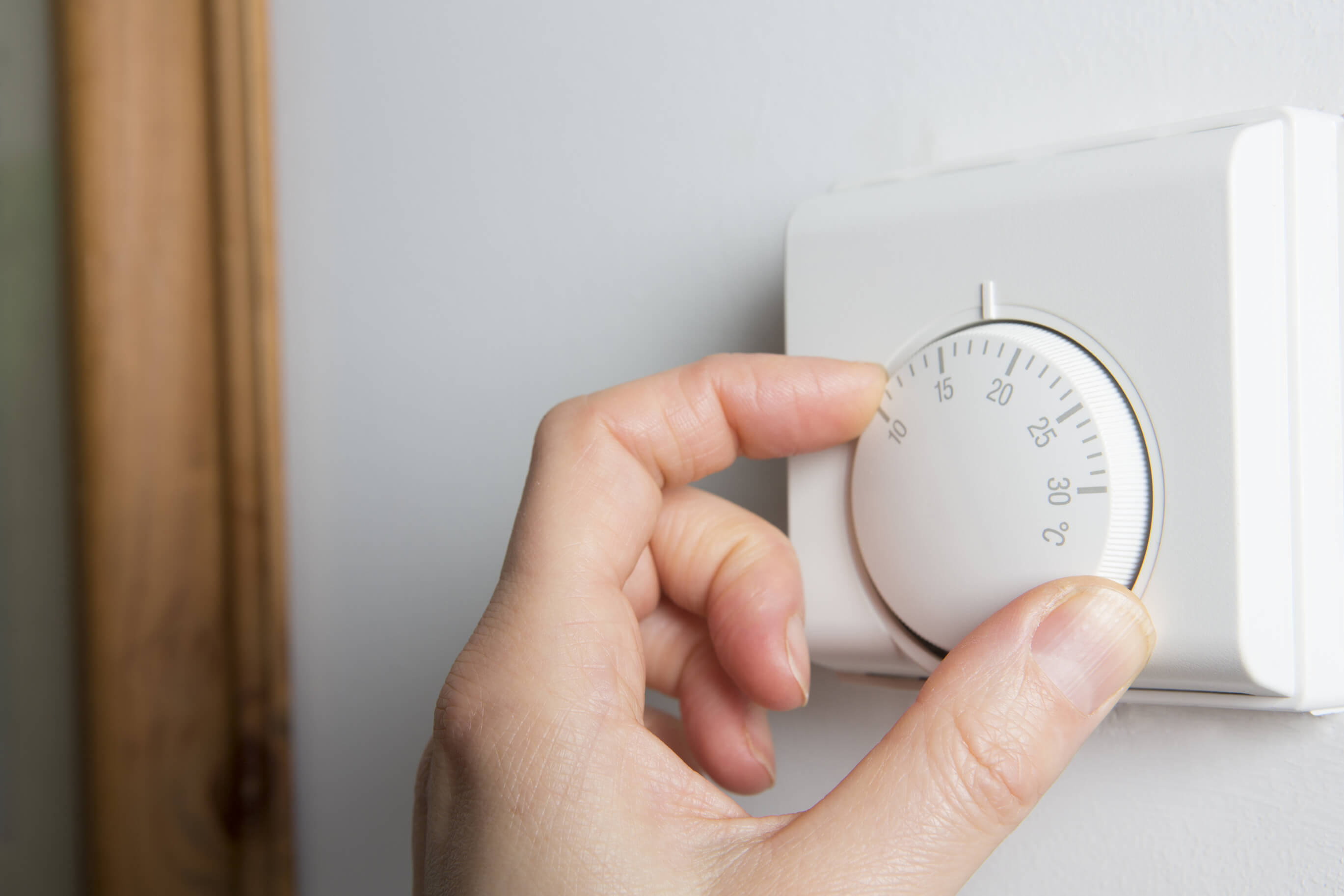
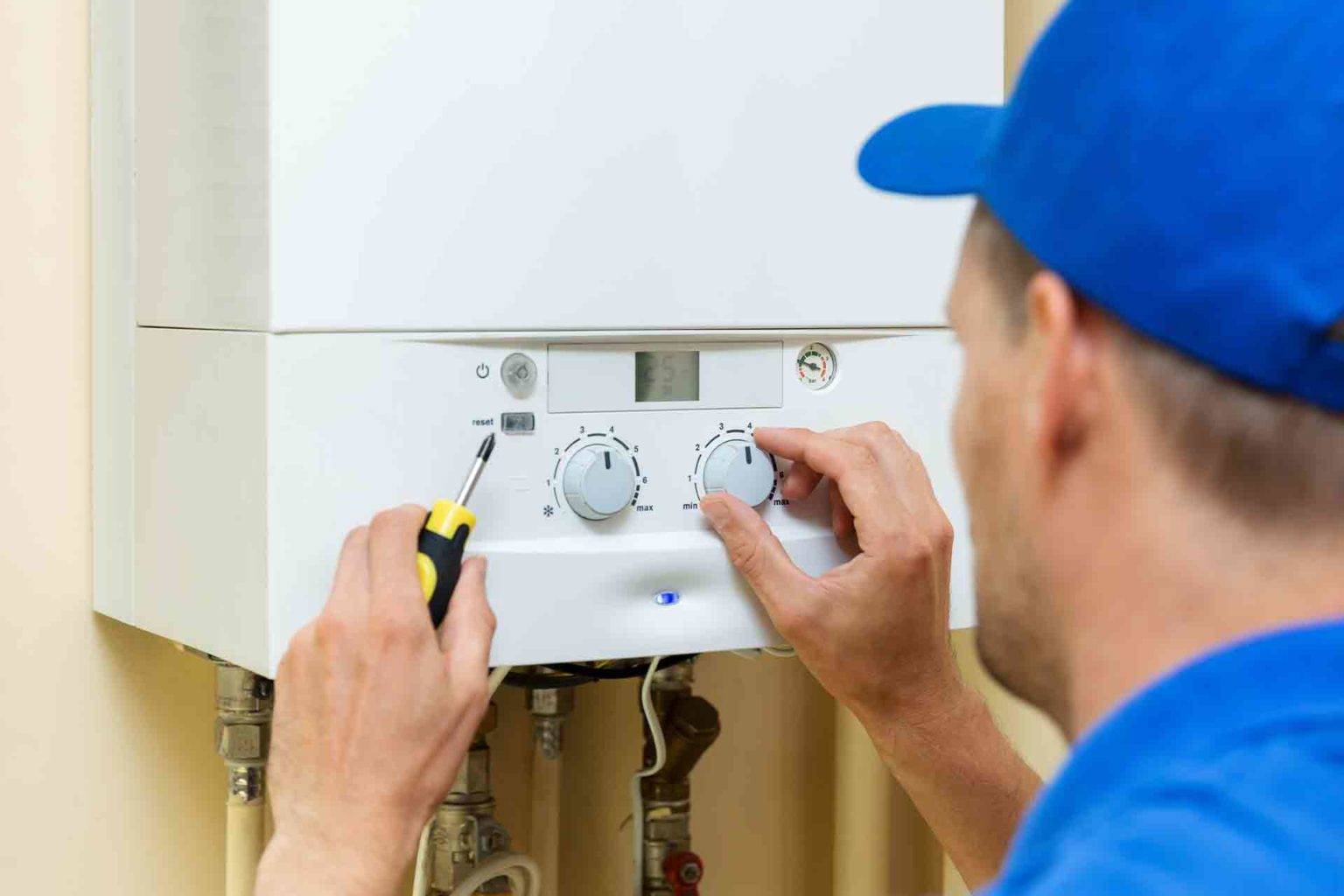
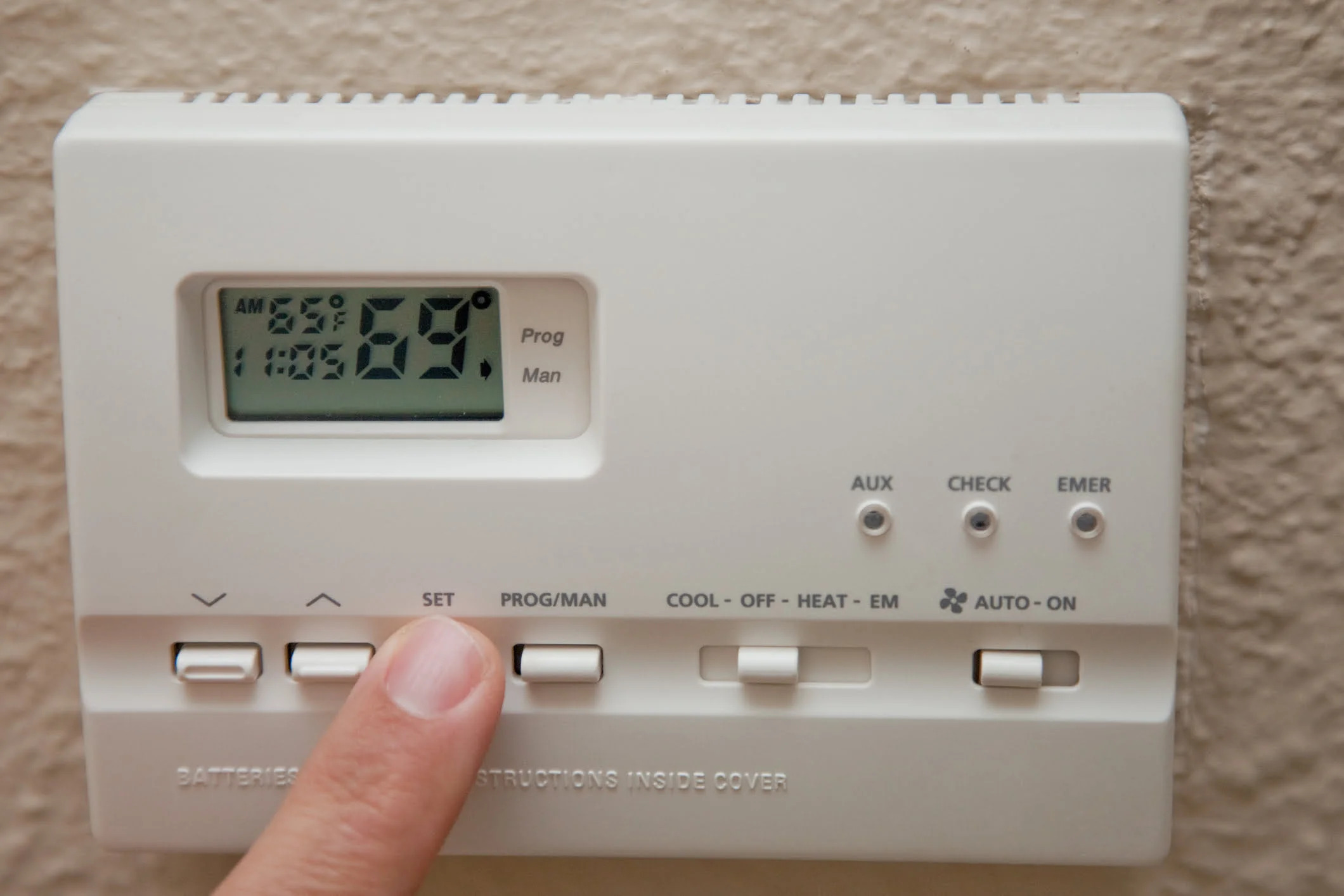
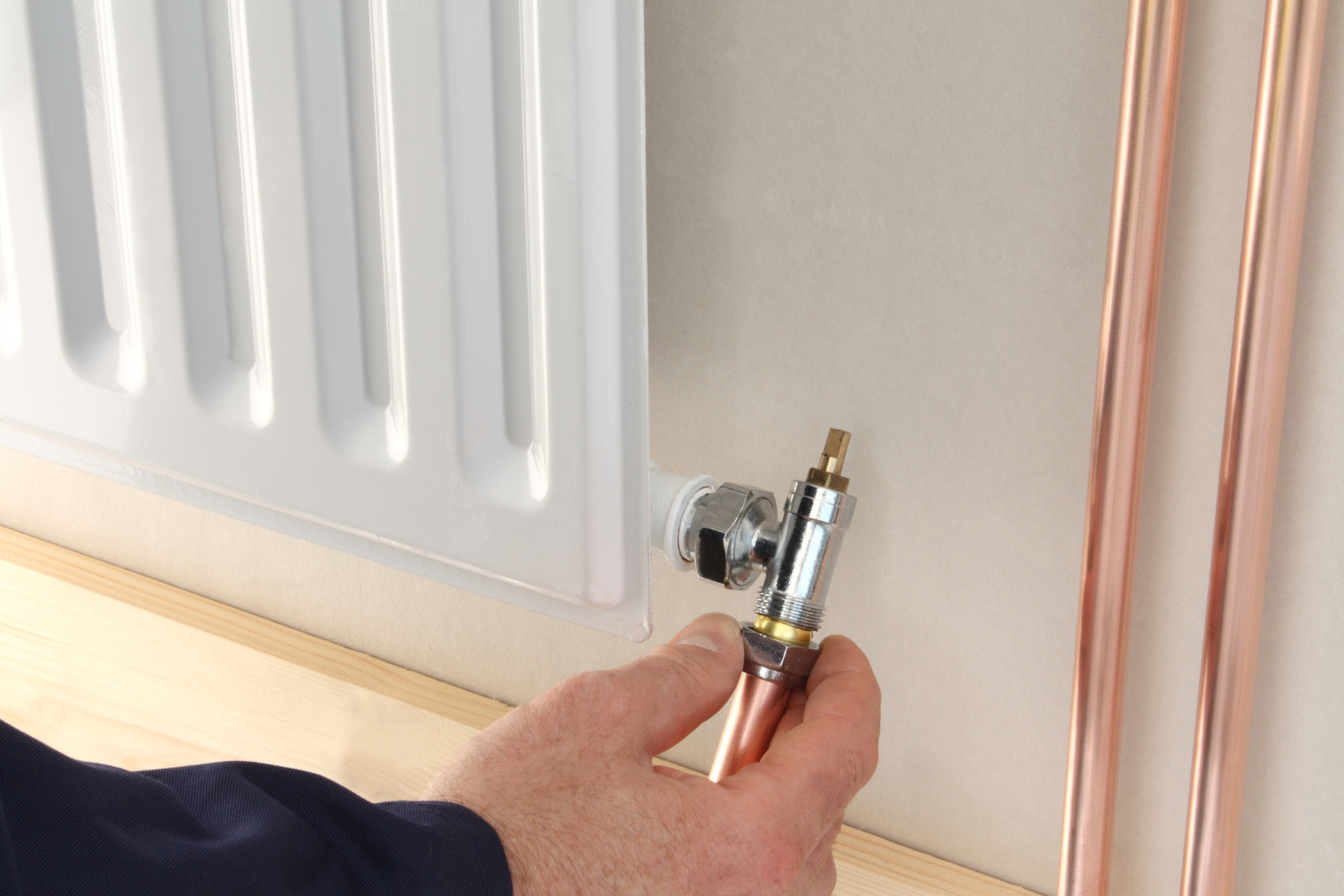
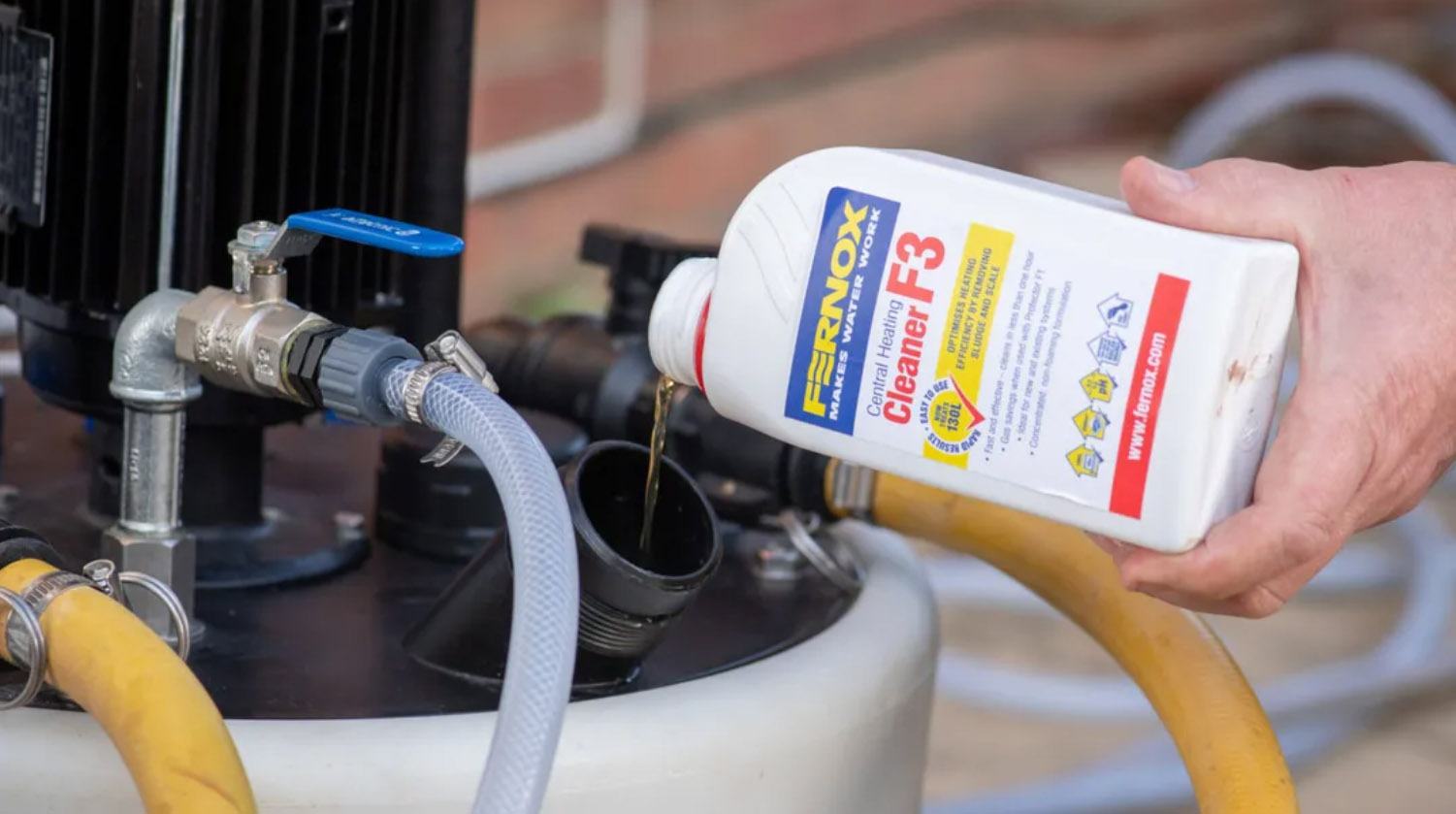

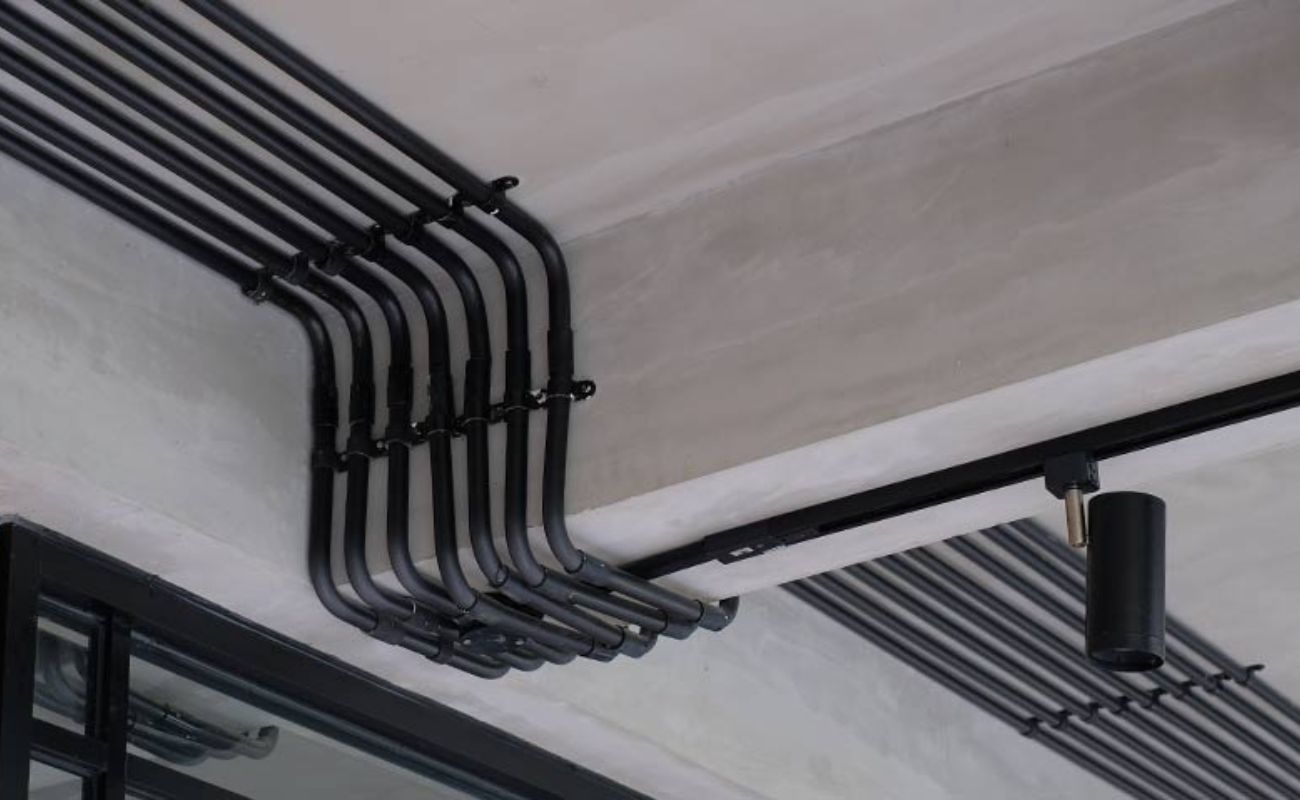
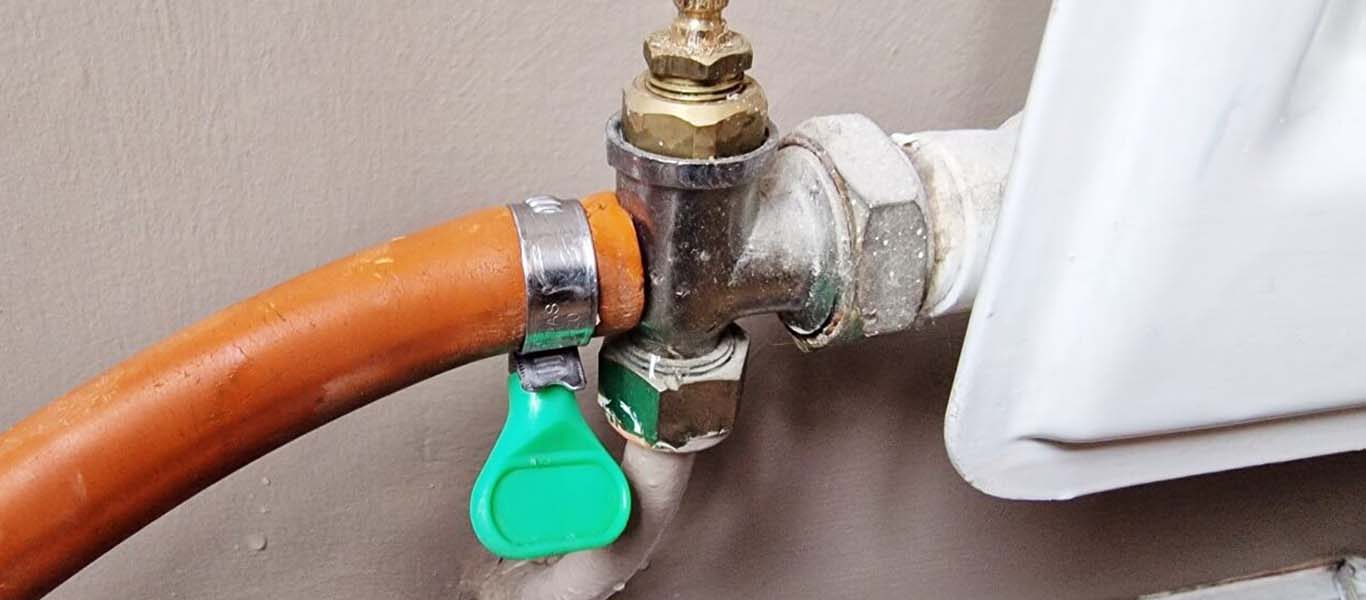

0 thoughts on “How To Heat Your Home Without Central Heating”